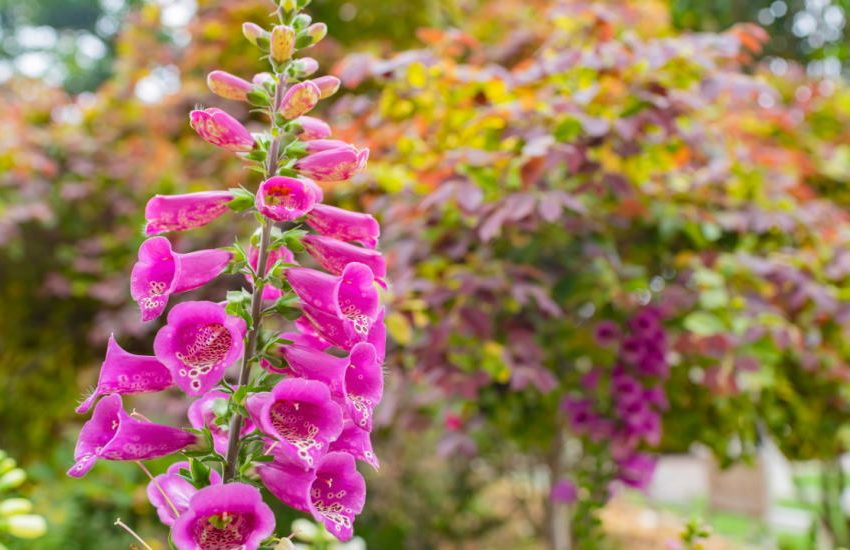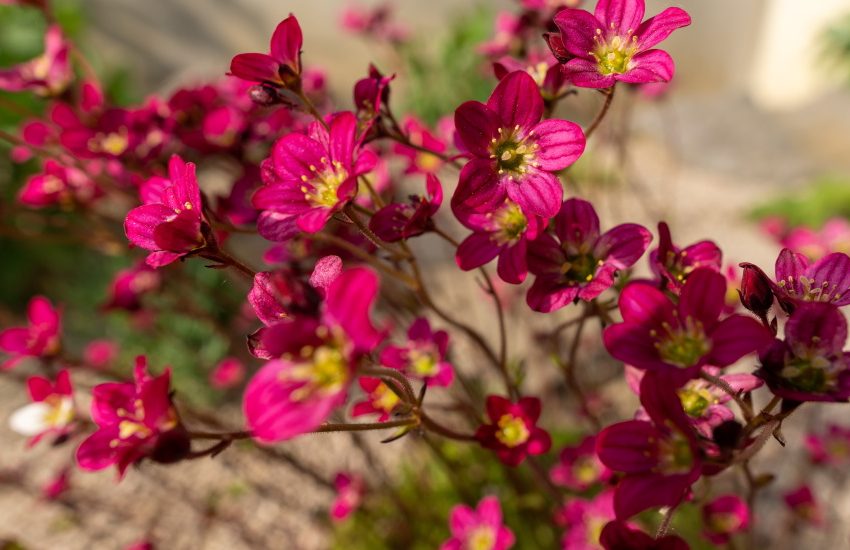How Big Do Balloon Flowers Get: Understanding Their Growth Potential
Balloon flowers, also known as Platycodon grandiflorus, are a popular perennial plant that can be found in many gardens. These flowers are known for their unique balloon-shaped buds that open up into beautiful star-shaped flowers. But how big do these flowers actually get?

The size of balloon flowers can vary depending on a few different factors. Generally, these plants can grow to be anywhere from 6 inches to 3 feet tall and 6 to 18 inches wide. The size of the flowers themselves can also vary, with some growing to be around 2 inches in diameter and others growing up to 3 inches.
Balloon flowers are part of the Campanulaceae family, which includes many other popular garden plants such as bellflowers and lobelias. While they may not be the largest flowers out there, their unique shape and vibrant colors make them a popular choice for many gardeners. Whether you’re looking to add a pop of color to your garden or just want to try something new, balloon flowers are definitely worth considering.
Cultivation and Care

Planting and Sunlight Requirements
Balloon flowers are easy to grow and can be planted in the summer for blooming in the following year. They thrive in full sun to partial shade and can be grown in rock gardens or indoor pots. When planting, make sure to choose a well-draining soil that is either loamy or sandy. Balloon flowers are hardy in USDA zones 3-9.
Watering and Moisture
Balloon flowers prefer a moderate amount of water and moisture. They should be watered regularly, especially during dry periods, but be careful not to overwater as they do not tolerate wet feet. Mulching around the base of the plant can help retain moisture and keep the soil well-drained.
Soil and Fertilization
Balloon flowers prefer well-drained soil with a slightly acidic to neutral pH. Adding organic matter such as compost to the soil can improve its quality and fertility. Slow-release fertilizer can also be applied in the spring to promote healthy growth and blooming.
Pruning and Maintenance
Balloon flowers are low-maintenance and disease-resistant. Deadheading spent flowers can prolong blooming and keep the plant looking tidy. Pruning can be done in the fall by cutting back the stems to the ground. This will help prevent disease and promote new growth in the spring.
Propagation and Pests

Seed and Division
Balloon flowers can be propagated through seeds or division. Seeds should be collected from the plant after the blooms have faded and the seed pods have dried. The seeds can be sown directly into the soil during the fall or early spring.
Division is another method of propagating balloon flowers. It involves separating the plant into smaller sections and replanting them individually. This is usually done in the spring or fall when the plant is not actively growing.
Cuttings and Indoor Growth
Balloon flowers can also be propagated through stem cuttings. This involves taking a cutting from the parent plant and rooting it in a rooting hormone. Once the cutting has taken root, it can be transplanted into a container or directly into the ground.
Balloon flowers can also be grown indoors as houseplants. They require bright, indirect light and well-draining soil. Indoor plants should be watered regularly and fertilized every two weeks during the growing season.
Common Pests
Balloon flowers are relatively pest-resistant, but they can be susceptible to slugs, snails, root rot, and powdery mildew. Slugs and snails can be controlled by using slug bait or by handpicking them off the plants. Root rot can be prevented by ensuring that the soil is well-draining and not overwatering the plant. Powdery mildew can be controlled by using a fungicide.
Crown rot is another common problem that can affect balloon flowers. It is caused by a fungus that attacks the base of the plant. To prevent crown rot, ensure that the plant is planted in well-draining soil and that it is not overwatered.


